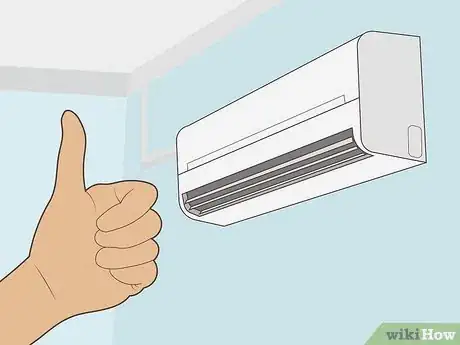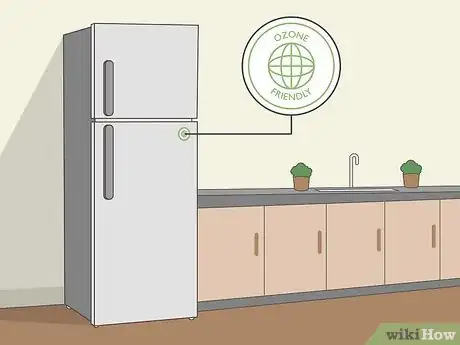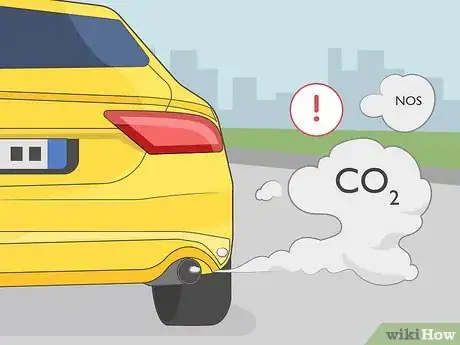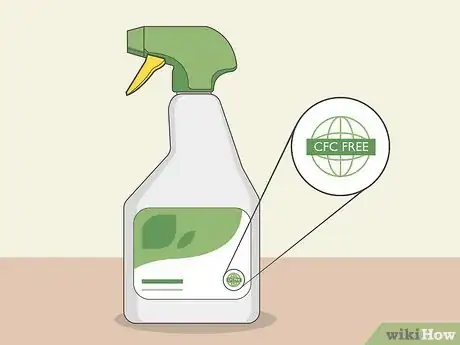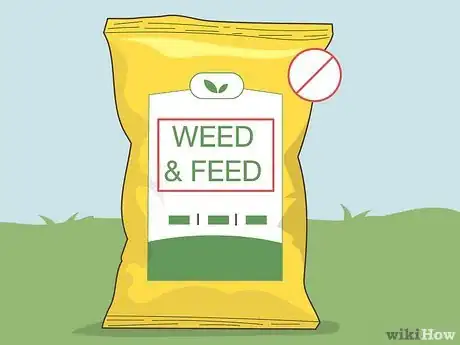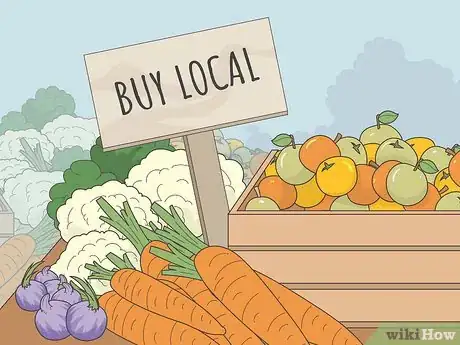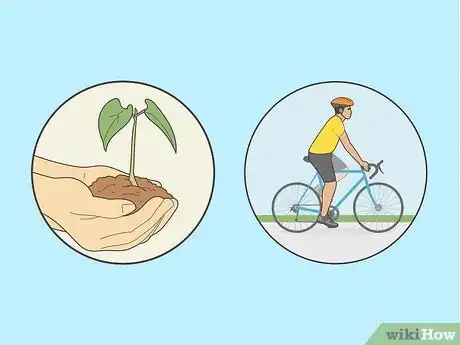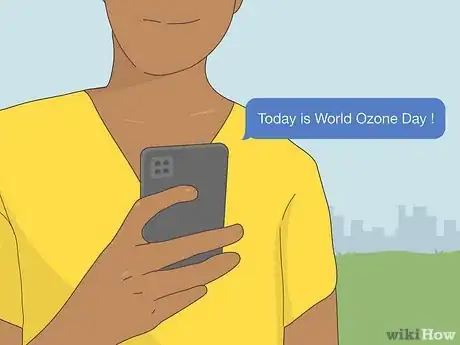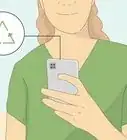wikiHow is a “wiki,” similar to Wikipedia, which means that many of our articles are co-written by multiple authors. To create this article, volunteer authors worked to edit and improve it over time.
There are 13 references cited in this article, which can be found at the bottom of the page.
This article has been viewed 11,009 times.
Learn more...
In 1994, the United Nations General Assembly designated September 16 as World Ozone Day or the International Day for the Preservation of the Ozone Layer. This day is observed to raise awareness about the importance of the ozone layer and encourages people to find ways to help preserve this layer. This day also recognizes the contributions of some genius projects towards protecting the ozone layer—which has already phased out a lot of ozone-depleting substances globally. Do you, as an individual wish to help out too? This wikiHow covers how you can celebrate World Ozone Day and do your part to help.
Steps
Maintain your air conditioners.
-
Refrigerants in air conditioners are one of the most common sources of CFCs. Refrigerant is a chemical compound in air conditioners to absorb environmental heat and provide cool air. However, older refrigerants are also known to produce CFCs (chlorofluorocarbons). Research in the late 70s discovered a hole in the ozone layer caused by ozone-depleting substances (ODSs) such as chlorofluorocarbons.[1] X Trustworthy Source United Nations Official site for the United Nations, an intergovernmental organization devoted to maintaining peace and building relationships between all nations. Go to source Get someone with EPA Section 608 certification to service your air conditioner once a year, and be sure to fix leaks rather than topping them off.[2] X Trustworthy Source United States Environmental Protection Agency Independent U.S. government agency responsible for promoting safe environmental practices Go to source
- Dispose of your air conditioner (as well as any other appliance that contains refrigerants) properly. Bring it to a certified, qualified expert so that the refrigerants can be removed and recovered before the remaining parts of the appliance being recycled.[3] X Research source
- Purchase air conditioners that are labelled as "HCFC free", "Ozone friendly", or with an energy efficiency label. The energy efficiency label can help you save money on your energy bills.[4] X Research source
- You might also like to make sure your aerosol products, coolers, fire extinguishers do not use HCFCs (hydrochlorofluorocarbons) or CFCs (chlorofluorocarbons). If they do, make sure to dispose of them properly. Contact your municipal corporation to ask how to dispose of refrigerated appliances in your neighbourhood.
Use your refrigerator and freezer responsibly.
-
While 99% of ODS have been removed by the Montreal Protocol, older appliances may still have ODSs. Using refrigerators and freezers responsibly can help not only with ozone layer protection, but the climate as well. There are several steps you can take to ensure responsible use of your refrigerator and freezer.[5] X Research source
- Allow the refrigerators and freezers to have good airflow through the heat exchange panels (evaporators and condensers) that they have. Avoid putting the appliance next to a dishwasher or oven, and mounting it to allow air circulation at the back easily.[6] X Research source
- Only put what you need into your freezer. If something has been in there for a long time, remove it. You can also allow things to melt in your refrigerator, especially if you know you're going to use them soon.[7] X Research source
- De-ice your freezer and clean the back of your refrigerator at the location of the condenser often.[8] X Research source
- Dispose of your freezer and refrigerator properly. Bring it to a certified, qualified expert so that the refrigerants can be removed and recovered before the remaining parts of the appliance being recycled.[9] X Research source
- Purchase refrigerators and freezers that are labelled "HCFC free", "Ozone friendly", or an energy efficiency label. The energy efficiency label can also help you save money on your energy bills.[10] X Research source
Limit driving.
-
Cars and motor vehicles produce CO2 and nitrous oxide, which may be harmful. While carbon dioxide has no direct effect on ozone, high levels of this gas can indirectly affect the ozone layer in the stratosphere. Nitrous oxide, however, is one of the most common ODSs emitted, destroying the ozone layer further.[11] X Research source
- How CO2 harms or benefits the ozone layer may vary with the atmospheric layer or latitude it is in. In the lower levels of the atmosphere close to the equator, increased CO2 slows down the production of ozone. Near the poles and in the upper stratosphere, however, CO2 is increasing the amount of ozone by preventing nitrogen oxide from breaking it down.[12] X Research source
- Nitrous oxide is a greenhouse gas, trapping heat[13] X Research source and triggering ozone-destroying reactions.[14] X Research source
- Whenever you can, make an effort to walk or ride a bike! You can also consider carpooling, public transport or driving a hybrid or electric car.
Eat less meat if you can.
-
Nitrous oxide is also produced when manure decomposes.[15] X Research source Not the entire body of the meat-producing animal is edible, leaving the inedible parts to decompose. While decomposition can make the soil fertile, it will also produce nitrous oxide, which can be harmful if not re-used properly. This makes poultry, beef, and dairy farms large producers of the gas. You don't need to quit meat completely—just reducing your intake will be fine.
- This can be a big lifestyle change, so don't rush! Slowly, just reduce it. For example, let's say you eat meat every day, eat only three-quarters of the amount you normally eat on the first day. On the second day, reduce your regular amount to half, then finally one-quarters on the third day. Reduce this further if you can. Persist the final amount every day, habits take time to become normal. After a few weeks, when you get used to this, see if you can go meatless every other day, or even better, five days a week.
- Meat is the main dish for some and it may not be possible to reduce it. In that case, make sure you do not waste the food.
Make sure your cleaning products are eco-friendly.
-
Check the labels to make sure they don't contain CFCs.[16] X Research source Cleaning is important, it can help get rid of waste, helping the environment keep clean. However, it is also important to make sure that cleaning products are environmentally friendly. They should not contain CFCs. Even though CFCs have been banned or reduced in many applications,[17] X Research source the only way to be sure is to check the labels on all your cleaning products before purchasing.
- Opt for pump spray products over-pressurized cans, to further reduce your chance of buying CFCs. You might also want to make sure with your hairspray and deodorants.
Avoid using pesticides.
-
Pesticides are known to largely contribute to ozone depletion, and can be harmful to the environment in general. Instead of using them, remove weeds manually, and use other eco-friendly methods to remove pests.[18] X Research source One way to do this is by checking the Beyond Pesticides Pest and Weed Database, which can provide you with ways to remove pests (and weeds) without using pesticides.[19] X Research source
- Avoid using products that are labelled as "weed and feed", since these products contain harmful herbicides. Instead, opt for plant-based or natural fertilizers, which are slow-release and can help improve the health of the soil.[20] X Research source
- Mulch is another product that may contain harmful herbicides, so be sure to keep this in mind when you're purchasing it and read the label for the product.[21] X Research source
-
Shipping goods also produce nitrous oxide. The further your goods have to travel to reach you, the more nitrous oxide will be produced by the engines that bring them to you. Buying local is a great way to find the freshest products, and avoid consuming food that has travelled a long way.[22] X Research source
- Some ways that you can buy local include purchasing things locally rather than online, checking where products were manufactured before purchasing them, and purchasing food such as fruits and vegetables from local growers at a place like a farmer's market.
- You can also consider starting your own vegetable garden, since these vegetables will be coming from your own backyard and therefore won't have travelled a long distance. This doesn't have to be a large garden, you can simply have one or two vegetables if you'd like.[23] X Research source
Reduce air pollution in other ways.
-
Try practicing methods that help reduce air pollution. While it may be helpful to specifically focus on those that are particularly harmful to the ozone layer, it's also a good idea to reduce air pollution in general. There are many things you can do to reduce air pollution.
- For example, you can choose alternate methods of transportation (such as biking, walking or carpooling), keep your vehicles in good condition, make things yourself rather than buying them, shop locally, use less packaging, reuse, recycle, and compost, use environmentally safe paints and cleaning products, save electricity, consider turning off your heater or air conditioner and dressing warmer or opening the windows instead, take shorter showers, plant a tree or do some research on air pollution.
- Although not all gases that cause air pollution specifically destroy the ozone layer, none of them are helpful to the environment. That's why reducing air pollution in general can help.
Spread the word.
-
World Ozone Day is relatively an unknown event for many, so informing others about the day is a great way to celebrate it. You can start with family, friends, co-workers and anyone else you know. You can talk about this with them on social media, over text or on the phone, or simply just in conversation with them.
- You can talk about how and when World Ozone Day started to be observed, statistics about the ozone layer, and any other facts about this day or the ozone layer you might know.
- Give them ideas on what they can do to celebrate. This can be done by telling them what you do, have done or will do to celebrate, and by giving them other ideas that you've found either through research or in this article.
- Explain everything properly and avoid rushing through the discussion. You'll also want to be prepared to answer any questions that they may have.
- If you notice them doing activities that harm the ozone layer, be patient with them and explain why what they are doing can be harmful to the ozone layer. If you can, provide them with an alternative for what they're doing that isn't as harmful.
You Might Also Like
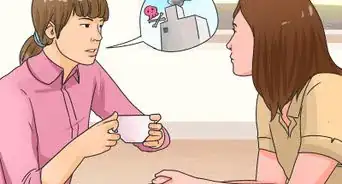
 How to Save the Environment: 17 Easy & Helpful Things You Can Do at Home
How to Save the Environment: 17 Easy & Helpful Things You Can Do at Home
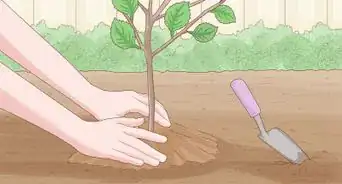

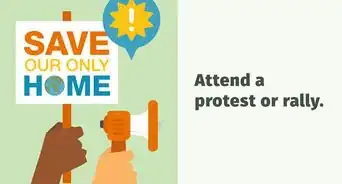

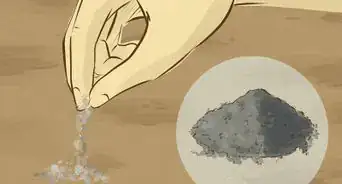
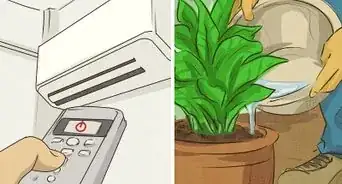
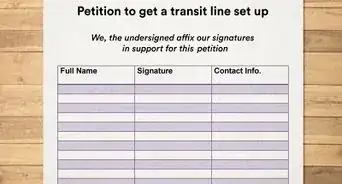
-Step-14-Version-6.webp)
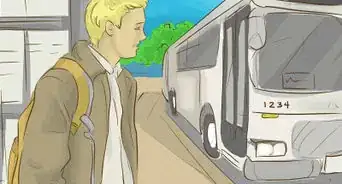

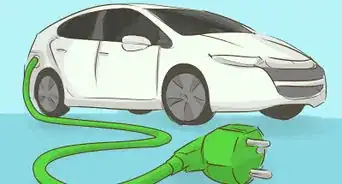
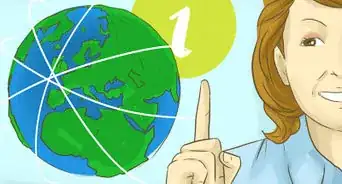
References
- ↑ https://www.un.org/en/observances/ozone-day
- ↑ https://www.epa.gov/ods-phaseout/homeowners-and-consumers-frequently-asked-questions
- ↑ https://ozone.unep.org/what-you-can-do
- ↑ https://ozone.unep.org/what-you-can-do
- ↑ https://ozone.unep.org/what-you-can-do
- ↑ https://ozone.unep.org/what-you-can-do
- ↑ https://ozone.unep.org/what-you-can-do
- ↑ https://ozone.unep.org/what-you-can-do
- ↑ https://ozone.unep.org/what-you-can-do
- ↑ https://ozone.unep.org/what-you-can-do
- ↑ https://www.sciencedaily.com/releases/2009/08/090827141344.htm#:~:
- ↑ https://sciencing.com/co2-deplete-ozone-layer-4828.html
- ↑ https://insideclimatenews.org/news/11092019/nitrous-oxide-climate-pollutant-explainer-greenhouse-gas-agriculture-livestock/#:~:
- ↑ https://www.sciencedaily.com/releases/2009/08/090827141344.htm#:~:
- ↑ https://www.ipcc-nggip.iges.or.jp/public/gp/bgp/4_2_CH4_and_N2O_Livestock_Manure.pdf
- ↑ https://nuttyscientists.com/blog/5-ways-to-protect-the-ozone-layer/
- ↑ https://research.noaa.gov/article/ArtMID/587/ArticleID/2713/Emissions-of-a-banned-ozone-depleting-gas-are-back-on-the-decline#:~:
- ↑ https://www.conserve-energy-future.com/ozone-layer-and-causes-of-ozone-depletion.php
- ↑ https://www.beyondpesticides.org/resources/managesafe/choose-a-pest
- ↑ https://www.sierraclub.org/maryland/pesticides-free-alternatives
- ↑ https://www.sierraclub.org/maryland/pesticides-free-alternatives
- ↑ https://nuttyscientists.com/blog/5-ways-to-protect-the-ozone-layer/
- ↑ https://www.moneyunder30.com/how-to-buy-local-on-a-budget
